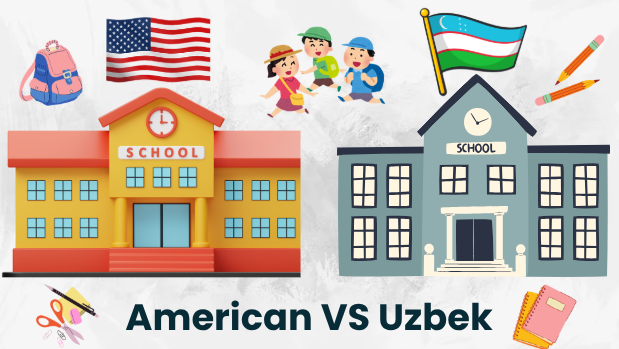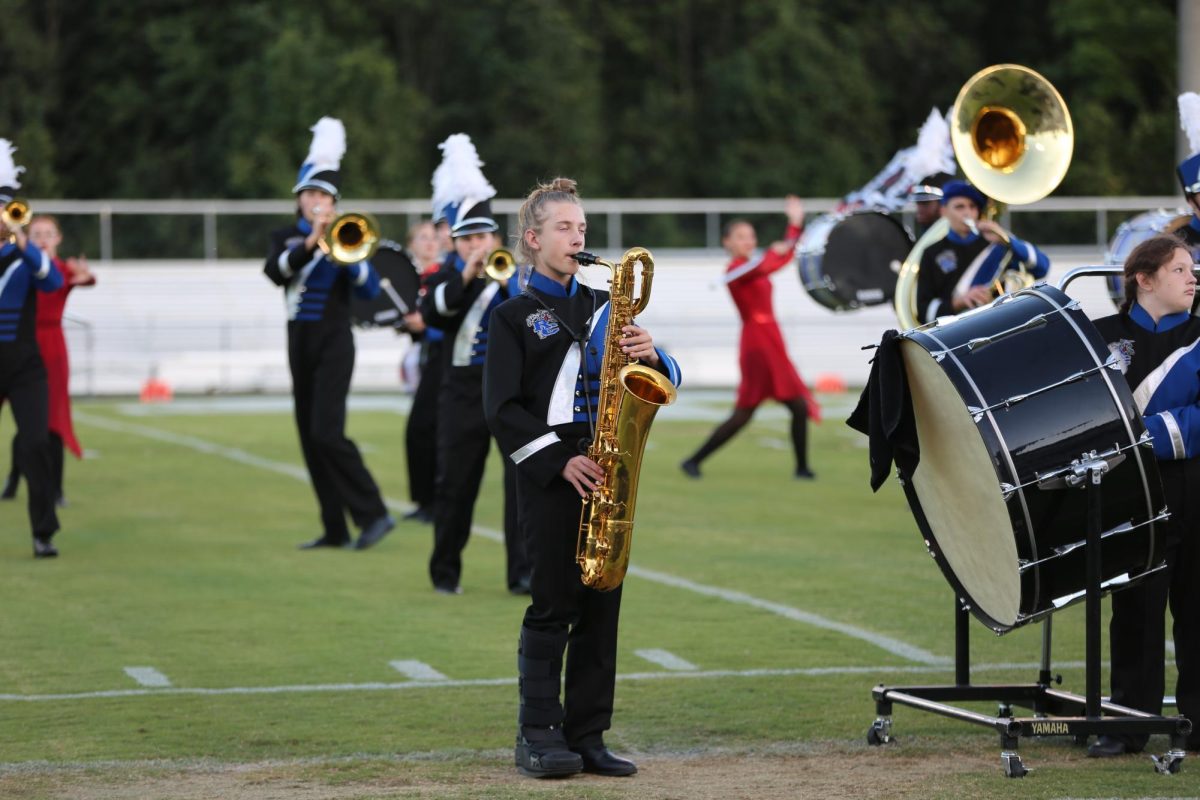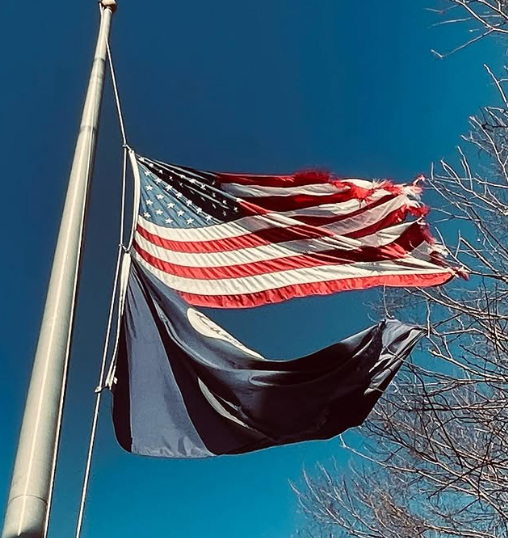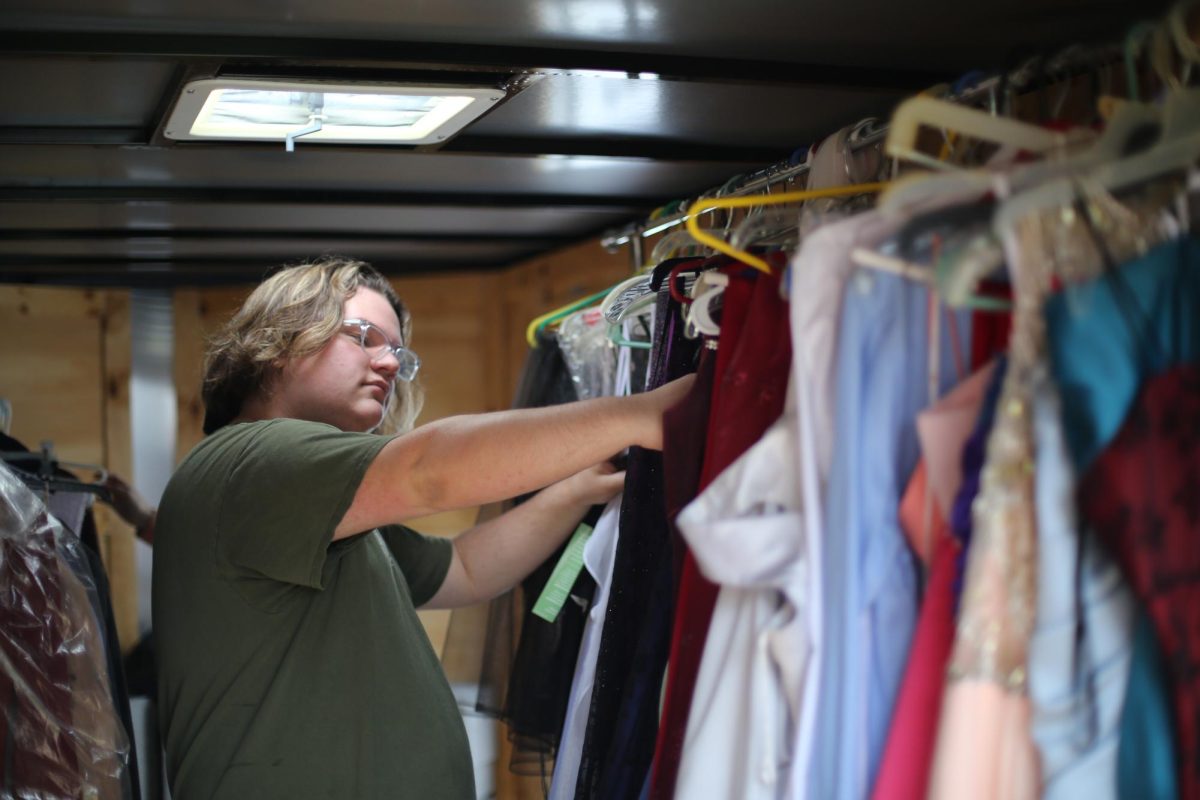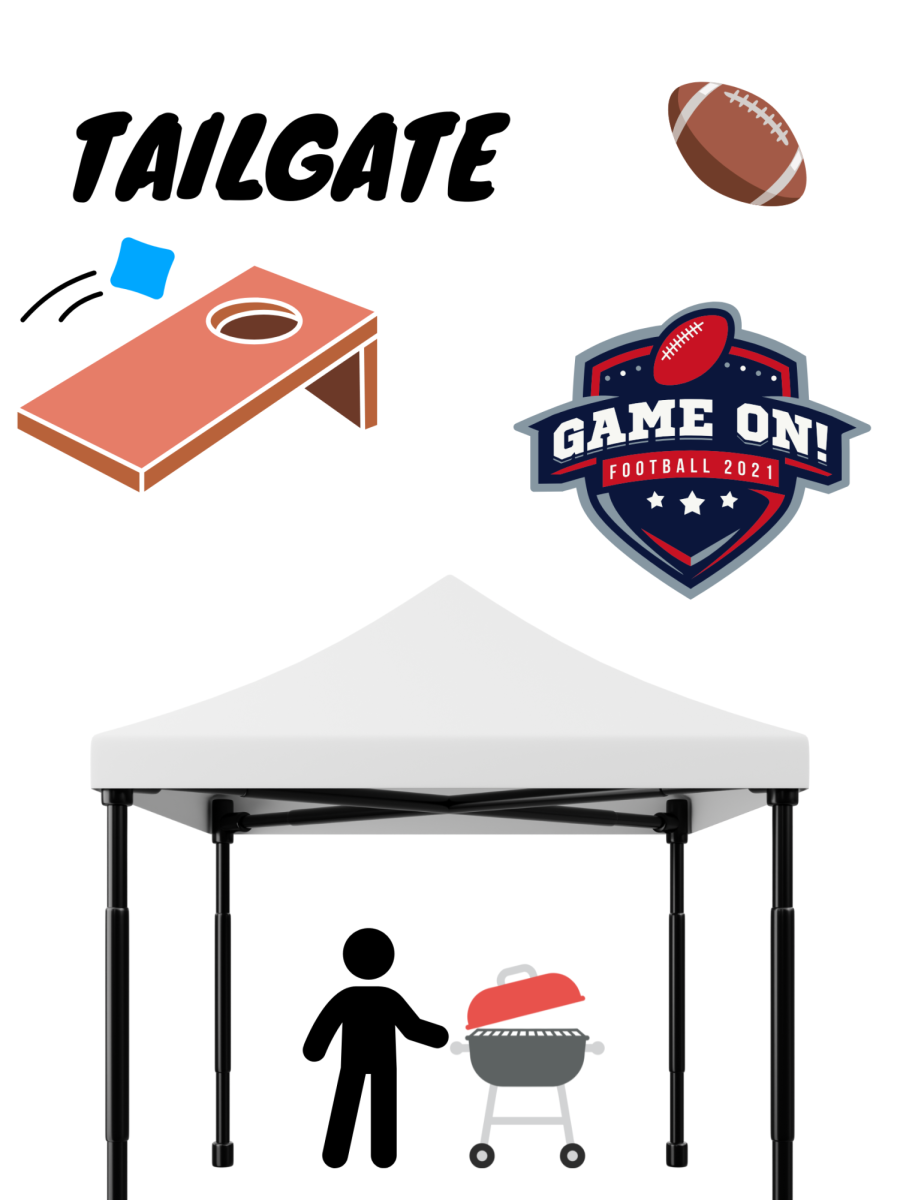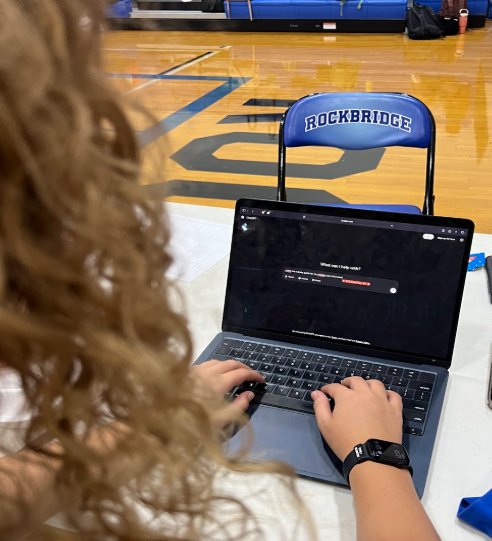
(my school back in Uzbekistan)
There are a lot of different features and just some similarities between Uzbek and American high schools. As an exchange student myself, I find these differences to be very practical and comfortable to adjust.
Firstly, I’d like to start with a grading system. In Uzbek schools there is a five-point grading system, meaning 5 – excellent, 4 – good, 3 – satisfactory, 2 – unsatisfactory, 1 – bad. Whereas in American high schools there is a 100% grading system with the grades being A+, A, A-, B+, B, B-, C+, C, C-, D+, D, D- and F, where A+ is a highest grade and F is a lowest one. Personally, I prefer % grading system, because it’s easier to understand and better to track your progress on a particular subject.
Secondly, the length and quantity of subjects are other differences. I was really surprised by the fact that American high schools take almost 70% of students’ time and classes last a lot longer. (50-55 minutes compared to 45 minutes in Uzbek schools)
Despite the fact that both schools start at the same time, which is 8:30 a.m, they finish at different times. At Uzbek schools, students usually go home to have lunch because it finishes at 1:30 p.m, compared to 3:30 p.m in American high schools.
Also, I find American high schools to be way easier than my own because of the curriculum and the quantity of classes which students can study. As far as I know, in American high schools, the government sets up the core curriculum but as students go up to higher grades they can take ‘elective classes,’ which are the subjects they choose according to their interests and future career.

(my American high school)
However, they would not be able to do the same in Uzbekistan, because the government makes the curriculum as well, and students wouldn’t be able to change any subjects according to their interests.
Thirdly, another difference which should be mentioned is the organization of classes. In Uzbek schools, students have classes according to their ages, which would be 1-11 grade meaning that one particular class cannot contain students with different grade levels such as freshmen, sophomores, juniors or seniors.
For example, we would have grade 9 (freshmen) divided into sections which would be 9a, 9b, 9c, 9d, 9e and they would have the same classmates for 11 consecutive years.
Additionally, in Uzbek schools, students remain in the same classroom for all their classes which means teachers usually change from one classroom to another in order to teach. Most teachers are not in favor of this system and admit that doing so is tiring and overwhelming.
However, students mostly like this system, because each grade will get its own classroom and have the whole school period to talk to their classmates. Now, it’s obvious that seeing the same people each day over 11 years makes really strong bonds just like those in families.
When it comes to dress code, Uzbek schools are really strict about having specific dress codes, which are usually black/blue skirts and white shirts for girls and black/blue pants and white shirts for boys. They believe that by making dress codes, they set discipline among students, which is mostly true.
Nevertheless, in American high schools there is no particular dress code except for certain rules about some clothes (such as no allowance of mini skirts, hats, hoodies, or t-shirts which involve cursing words) in some public schools.
O

ne more interesting feature about Uzbek schools would be the level of difficulty of classes. For example, classes such as Pre-Calculus and Calculus would be taught in 8th and 9th grades respectively. I believe that this really helps to obtain more knowledge during school years and prepare students for colleges.
Additionally, I really loved the existence of study hall classes in American high schools, which wouldn’t be available in Uzbek ones. They are really practical to have, especially when students are taking AP classes and have an excessive amount of homework.
Talking about the structure of Uzbek schools, it also differs from American ones. In the U.S, elementary, middle, and high schools have separate buildings. However, in Uzbekistan most public schools have those schools combined in one building but different blocks. For example, my school is not only high school, it’s also elementary and middle schools. Despite being located in one place, they would be divided into blocks for elementary and middle schools, and after that those blocks would be combined into one building.
My most favorite difference among these schools was the organization of classes. To be more precise, I absolutely loved the fact that American high teenagers are the ones who walk to different classes for each subject (not teachers like in Uzbek schools). This allows students to meet more people, make friends and socialize with their friends in a more diverse way.
Despite having lots of differences, I enjoy experiencing some diversity and having an opportunity to compare the education system in these two countries. It’s not better, not worse; it’s just different. Both schools focus on giving students as much knowledge as they can and focus on students becoming good human beings.

